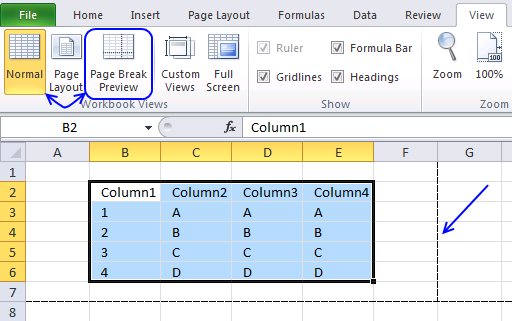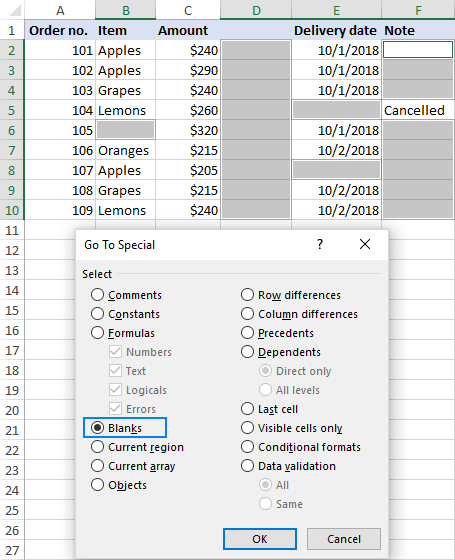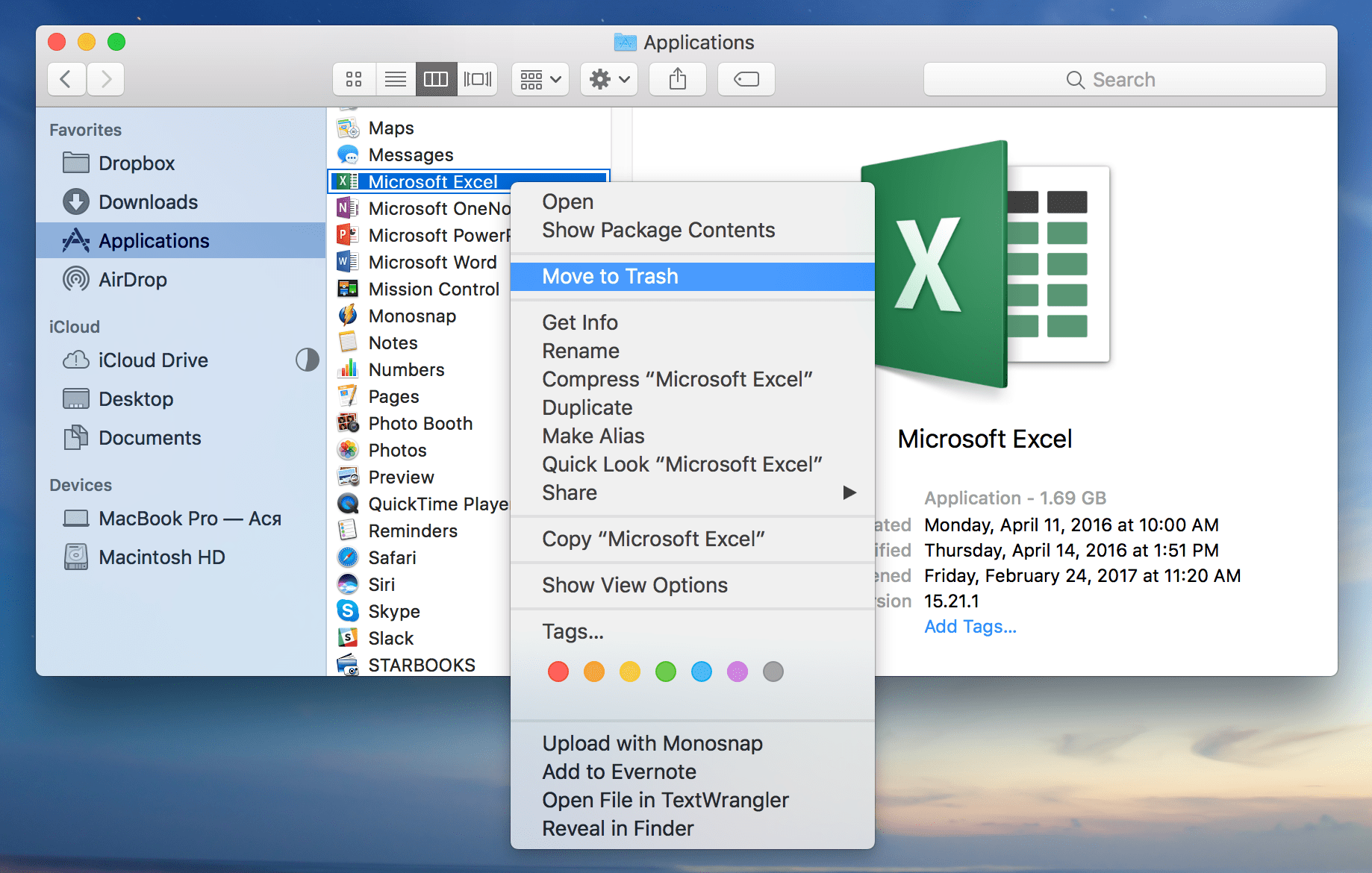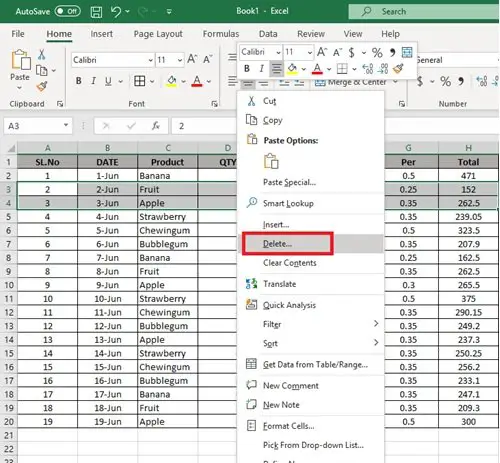
- #EXCEL FOR MAC 2016 CAN NOT DELETE ROWS HOW TO#
- #EXCEL FOR MAC 2016 CAN NOT DELETE ROWS MOD#
#EXCEL FOR MAC 2016 CAN NOT DELETE ROWS MOD#
I am equating it to 1 and for every third row, the MOD formula will give the remainder as 1. Since our dataset starts from the second row onwards (i.e., row #2 contains the first record), I use the following formula: =MOD(ROW(),3)=1 Here I have used the ROW function to get the row number and it’s divided by 3 (because we want to delete every third row). The formula used in Step 2 uses the MOD function – which gives the remainder when one number is divided by the other. The above steps would delete every third row from the dataset and you would get the resulting data as shown below.ĭon’t worry about the helper column values at this stage.
Right-click on any of the selected cells and click on Delete Row. Select all the cells in the helper column. This formula returns TRUE for every third row and FALSE for every other row. In the cell below the helper column header, enter the following formula: =MOD(ROW(),3)=1. The only difference is in the formula used in Step 2. 
The steps to delete every third row are almost the same as the one covered in the above section (for deleting alternate rows). Suppose you have a dataset as shown below and you want to delete all every third row.
#EXCEL FOR MAC 2016 CAN NOT DELETE ROWS HOW TO#
In the above method, I showed you how to delete every other row (alternate row) in Excel.Īnd you can use the same logic to delete every third or fourth row in Excel as well. Related tutorial: Delete Rows Based on a Cell Value (or Condition) in Excel Delete Every Nth Row By Filtering the Dataset (Using Formula)
It can be time-consuming if you have to delete alternate rows do this often. It needs to you add a new column (the HelperColumn in our example above). While the above method is great, it has two drawbacks: When you use this method, make sure you don’t have anything to the left and right of the dataset that you’re deleting. Note: When you delete the rows in Excel using the above method, it also deletes any data that you may have in the entire (apart from the one in the dataset). In case you want to delete every other row starting from the first row onwards, select the TRUE option in step 7 and deselect the FALSE option. The resulting data has only the rows for the US and all the Canada rows are deleted. The above steps filter every second row in the dataset and then deletes those rows.ĭon’t worry about the helper column values at this stage. This will remove the filter and you will be able to see all the remaining records. Click the Data tab and then click the Filter icon. This will delete all the visible records and you will only see the header row as of now. In the dialog box that opens, click on OK. Right-click on any of the selected cells and click on ‘Delete Row’. Select all the filtered cells in the helper column (excluding the header). This will filter the data and only show those records where the HelperColumn value is FALSE.  Deselect the TRUE option (so only the FALSE Option is selected). Click the Filter icon in the HelperColumn cell.
Deselect the TRUE option (so only the FALSE Option is selected). Click the Filter icon in the HelperColumn cell. 
This will apply a filter to all the headers in the dataset
Select the entire dataset (including the cells where we entered the formula in the above step). This formula returns TRUE for all even rows and FALSE for all ODD rows In the cell below the helper column header, enter the following formula: =ISEVEN(ROW()). In the cell adjacent to the last column header, enter the text HelperColumn (or any header text that you want the helper column to have). Suppose you have a dataset as shown below, which has sales data for each sales rep for two regions (the US and Canada) and you want to delete the data for Canada.īelow are the steps to first filter and then delete every other row (which has data for Canada): While there is no inbuilt feature to do this, you can use a helper column to first divide the rows in to odd and even, and then filter based on the helper column value. 
If you could somehow filter all the even rows or the odd rows, it would be super easy to delete these rows/records. Delete Alternate Columns Using Formulas and Sort Methodĭelete Every Other Row By Filtering the Dataset (Using Formula).Delete Every Other Column (or Every Nth Column).Automatically Delete Every Other Row (or Nth row) using VBA Macro (Quick Method).Delete Every Nth Row By Filtering the Dataset (Using Formula).Delete Every Other Row By Filtering the Dataset (Using Formula).








 0 kommentar(er)
0 kommentar(er)
